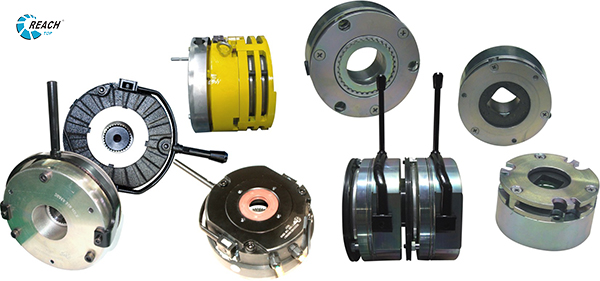Designing a good electromagnetic brake requires careful consideration of various factors to ensure its effectiveness, reliability, and safety. Below are the key steps and considerations for making a good electromagnetic brake:
1. Determine Application Requirements: Understand the specific requirements of the application, including the torque and load capacity, operating conditions (temperature, environment), duty cycle, and desired response time.
2. Select Suitable Materials: Choose high-quality materials for the brake components to ensure durability and resistance to wear and tear. The friction surfaces should be made of materials that provide consistent and reliable braking performance.
3. Electromagnetic Coil Design: Design the electromagnetic coil with an appropriate number of turns and wire gauges to achieve the desired magnetic force. The coil should be able to generate sufficient force to engage and hold the brake securely.
4. Magnetic Circuit: Design an efficient magnetic circuit that concentrates the magnetic flux and maximizes the force applied to the armature. Properly shaping and positioning magnetic elements (e.g., poles, yokes) are critical for optimal performance.
5. Spring Mechanism: Incorporate a reliable spring mechanism to ensure prompt brake force when power is cut off. The spring’s force should be appropriately balanced to prevent unintentional disengagement or engagement.
6. Cooling and Thermal Management: Ensure adequate cooling and thermal dissipation to prevent overheating during extended use. Excessive heat can lead to reduced braking efficiency and damage the brake components.
7. Control Circuitry: Develop a robust control circuitry to regulate the current to the electromagnetic coil accurately. The control system should be able to apply and release the brake quickly and precisely.
8. Safety Features: Implement safety features like redundancy and fail-safe mechanisms to ensure that the brake can be released even in the event of a power failure or electrical malfunction.
9. Testing and Prototyping: Thoroughly test the electromagnetic brake through prototyping and real-world simulations to validate its performance, reliability, and durability. Make any necessary adjustments based on the test results.
10. Compliance and Certification: Ensure that the electromagnetic brake complies with relevant industry standards and safety regulations. Obtaining the necessary certifications will instill confidence in potential users or customers.
11. Maintenance Guidelines: Provide clear maintenance guidelines to users to ensure that the brake is correctly maintained, lubricated, and inspected at regular intervals, maximizing its lifespan.
12. Documentation and User Manual: Prepare comprehensive documentation and user manuals that include installation instructions, operating procedures, safety precautions, and troubleshooting guidelines.
It’s important to note that designing an electromagnetic brake can be a complex task, and it might be best to involve experienced engineers or consult with experts in the field to ensure a successful design that meets the specific needs of the application.
Post time: Jul-25-2023

